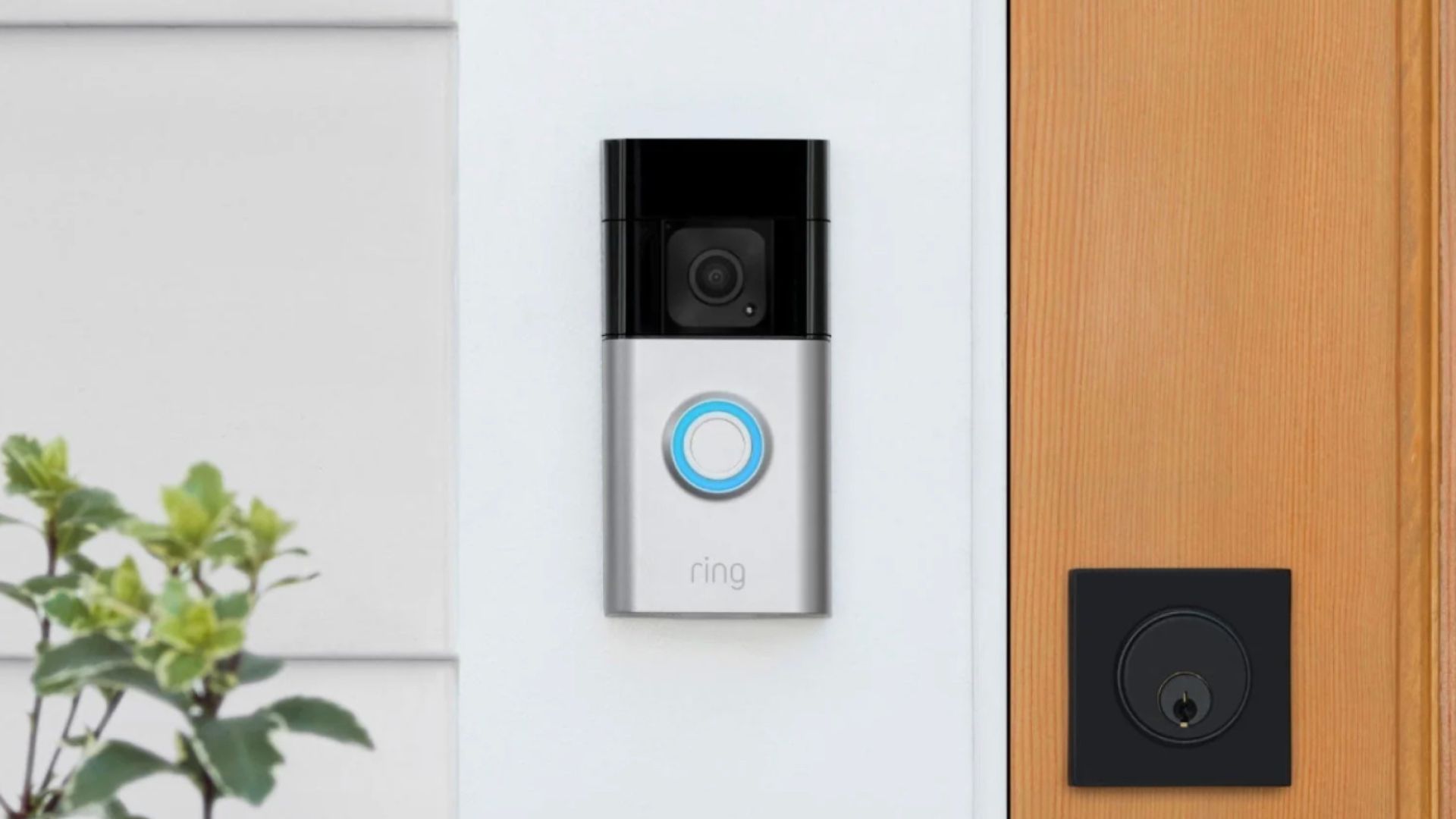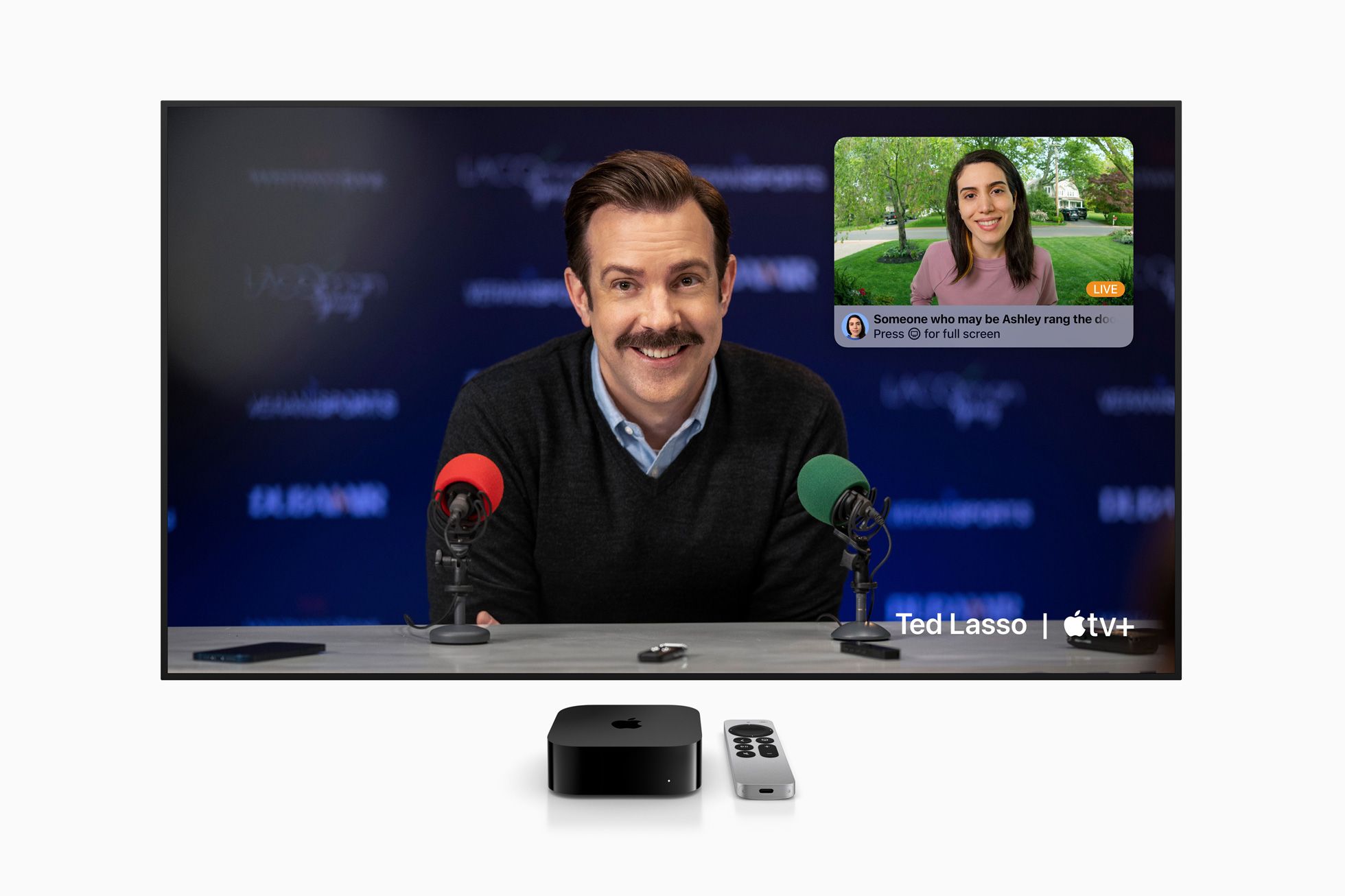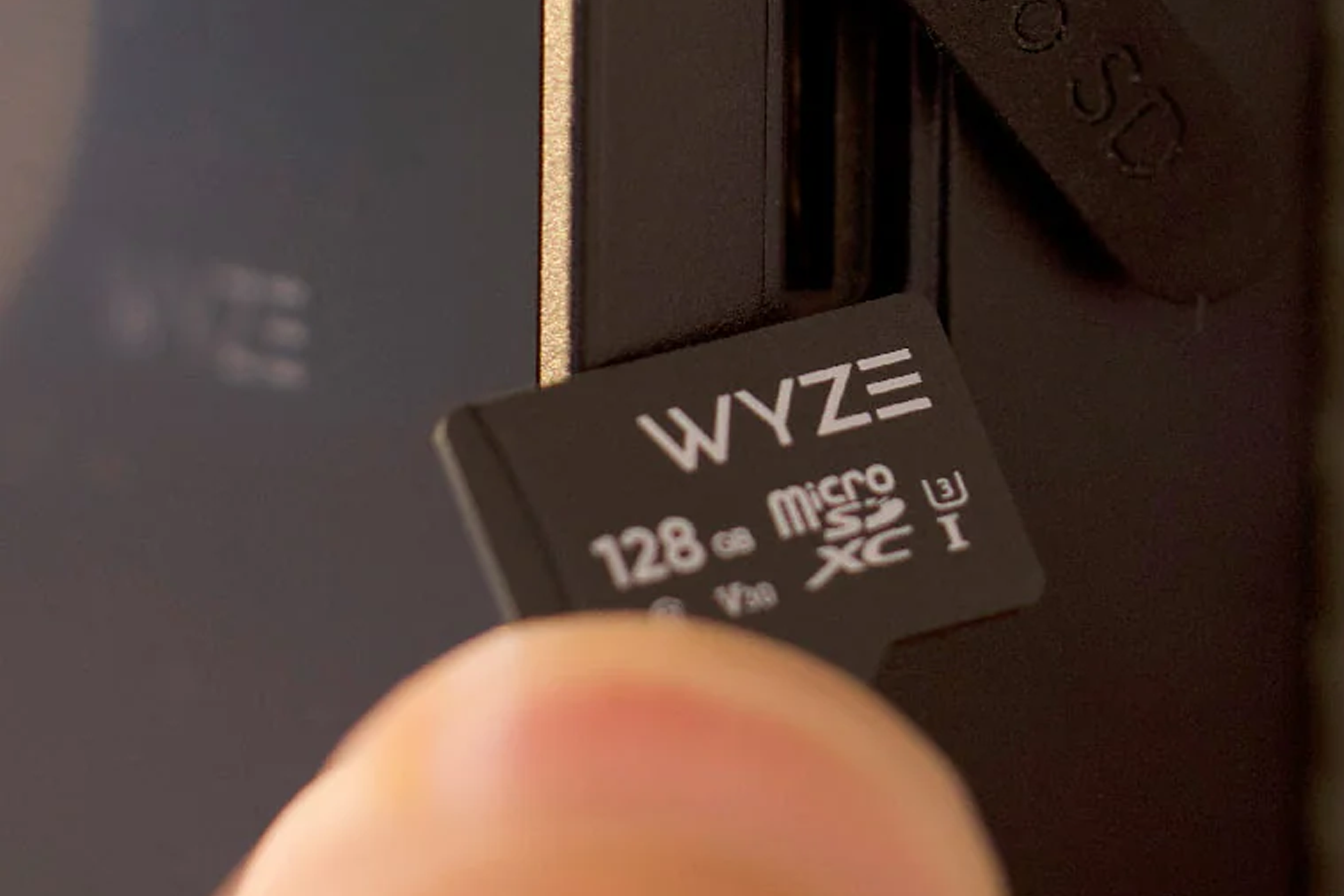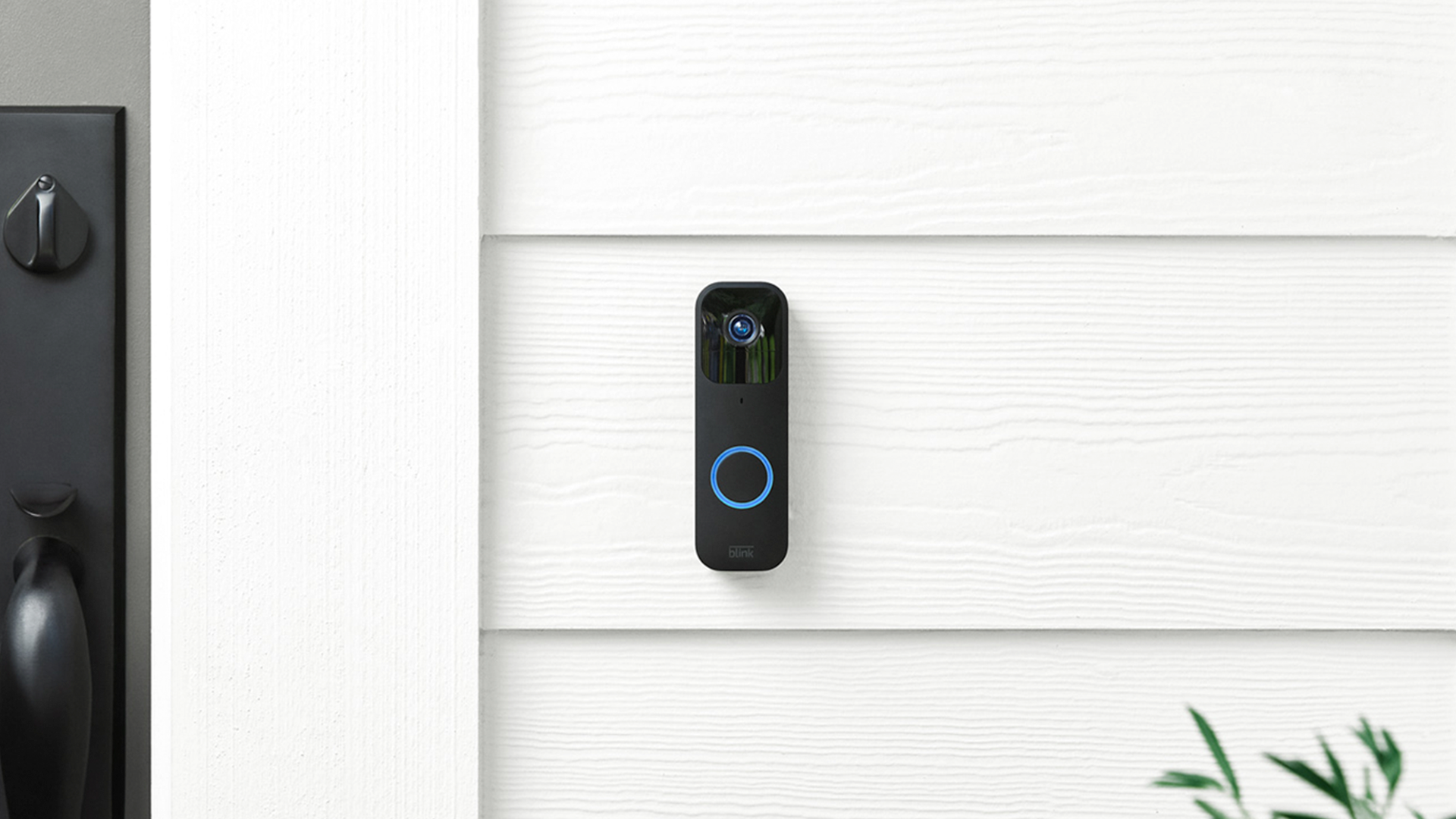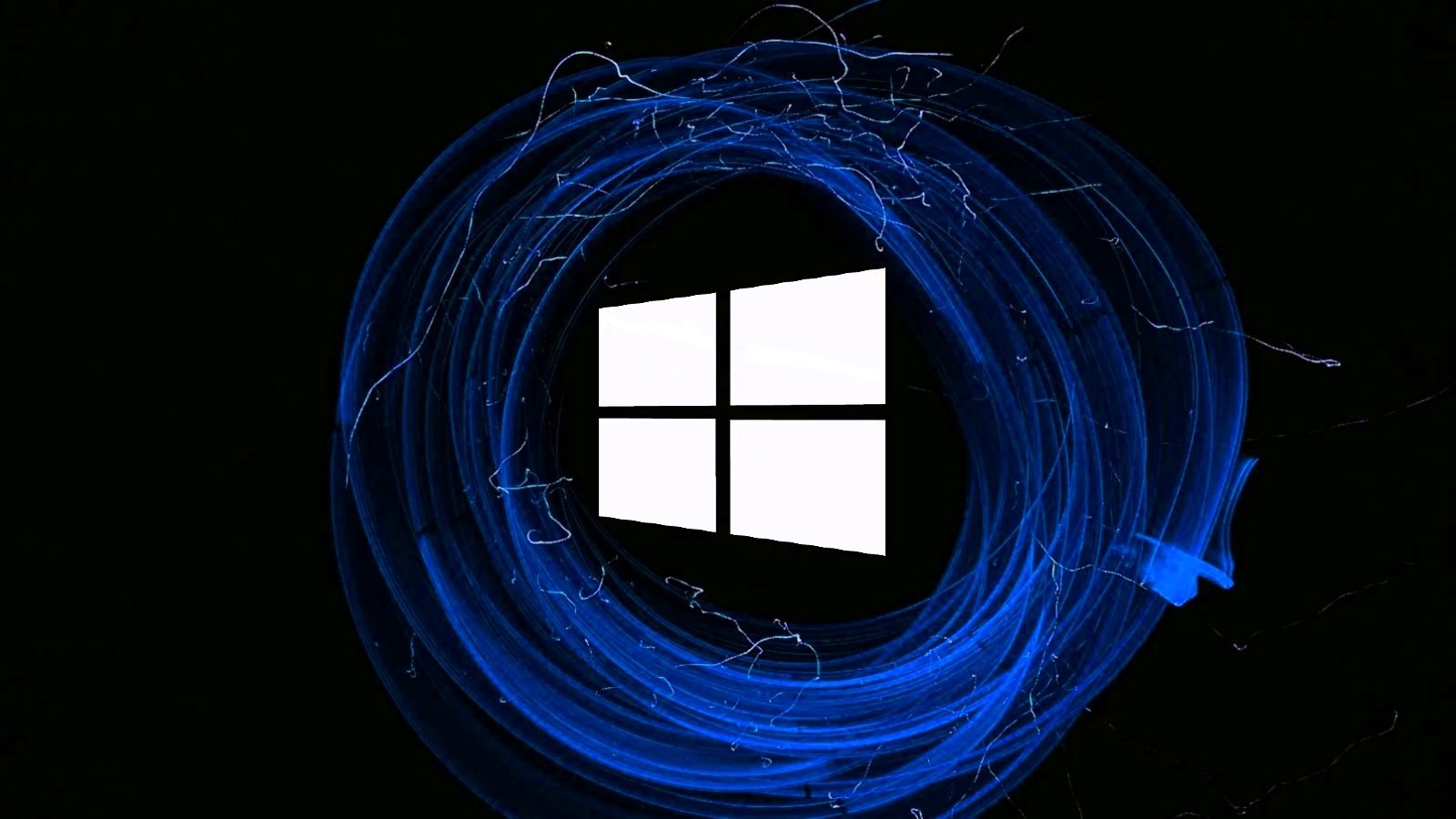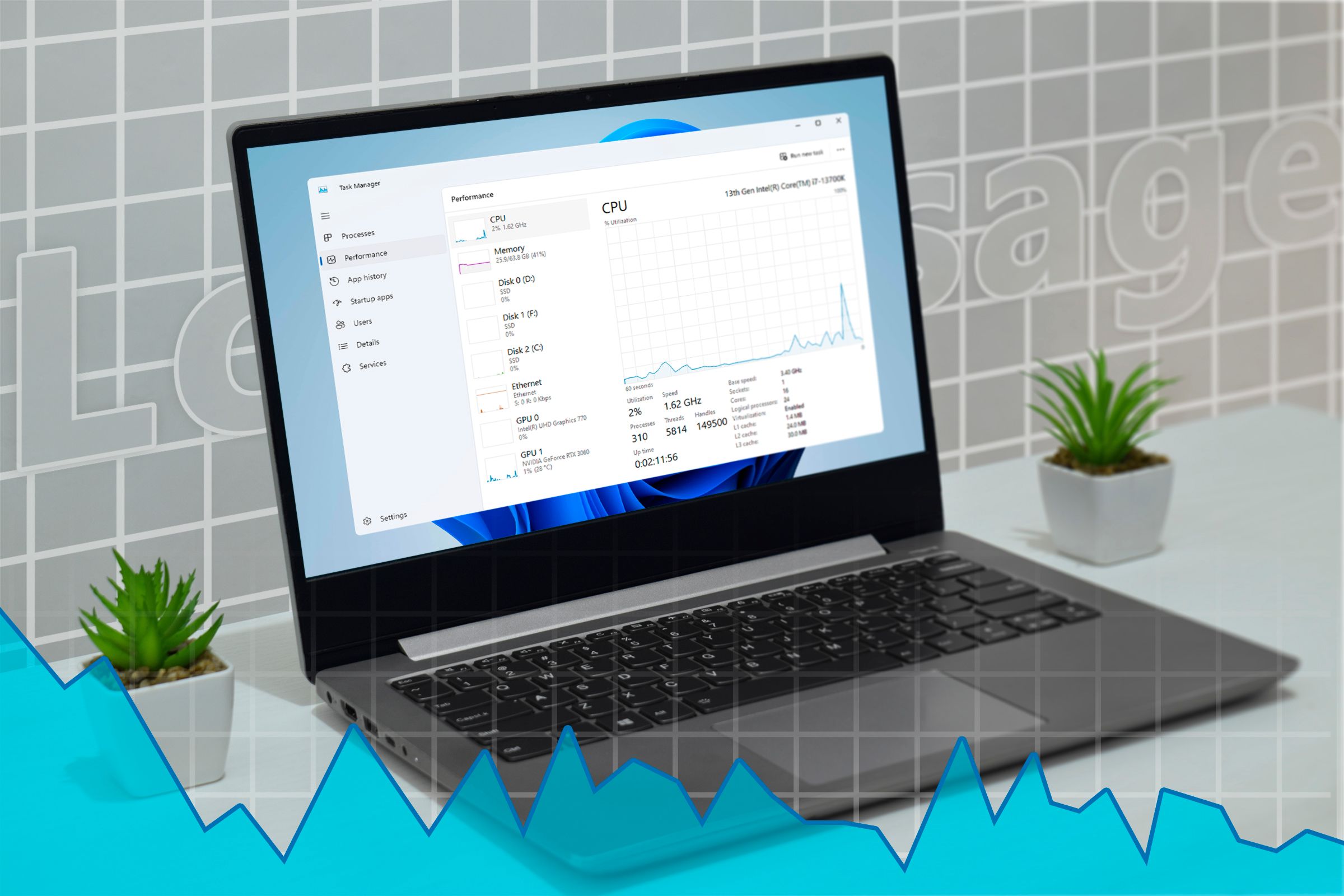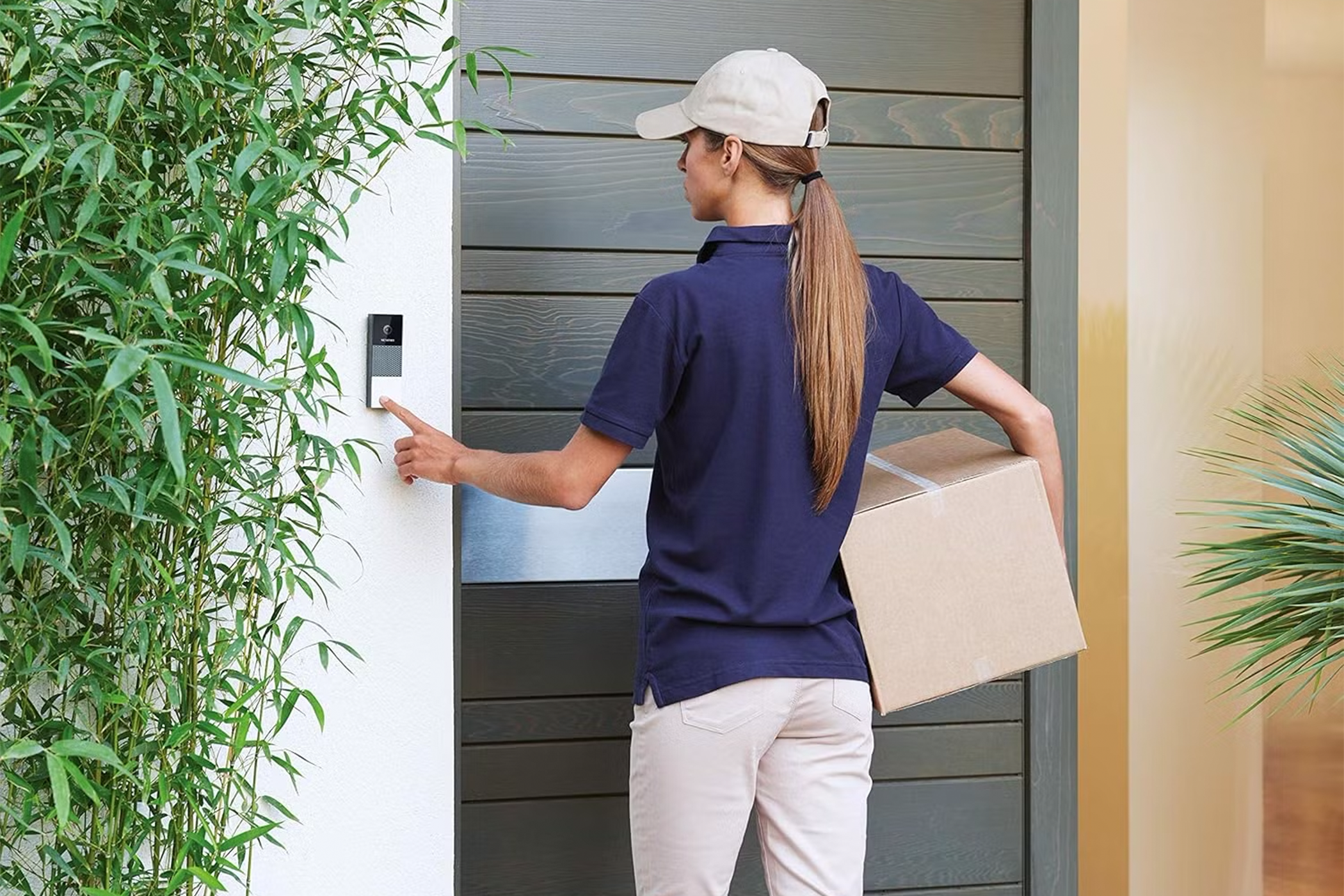
Key Takeaways
- Always consult family and other members of your home prior to installing.
- Think about where you want the doorbell to go and how available power options can influence doorbell placement.
- Be aware that not all doorbells give you the full set of features without secondary modules or subscriptions.
Picking home surveillance equipment should never be a rushed decision. There’s a lot that goes into deciding what to buy, where to put it, and how it will integrate with your home environment. Here are some tips to help you get your home ready for a smart doorbell camera.
Always Check With Family or Property Owners First
Installing a video doorbell means that there will be an internet-connected camera facing somewhere on your property 24/7. To some, this is a nightmare. Others welcome it. So, you’ll want to sit the family (or housemates) down first to chat with them and get feedback from all involved. You should do this before you install any cameras in your house.
One thing to keep in mind is that a video doorbell typically faces away from the front door, meaning it only sees what happens on the outside of your home. This can alleviate a lot of privacy concerns of someone gaining access to the camera to see inside your home in an inopportune situation, but there’s still some security risk there.
Something else to consider is checking with the property manager if you rent your home. When my wife and I rented an apartment, it was against our apartment’s rules to install a video doorbell. Not because they didn’t want the doorbell there, but because our door faced the neighbor’s door, and it was a privacy policy for others in the community.
Some owners might not want you to install the doorbell even if there are no privacy concerns.
Consider Your Power Situation
Do you have an existing doorbell? If so, then you likely have the low-voltage wiring required to run a wired doorbell. If not, then a battery-powered doorbell will be the best and easiest solution. Not all homes or doors have wiring available for a doorbell. Even if your front door has a doorbell, the back door might not, and that could be where you want the video doorbell to go.
There are quite a few doorbells on the market right now that support both battery and wired power options, so getting one of those allows for the versatility of going wired or wireless, whichever works best for you.
Where the doorbell is mounted can also determine which power option you go with. Consider your existing doorbell’s placement and if that’s where you want the new video doorbell to go. If you’d rather have the video doorbell in a different place, even though it’ll still be at your front door, then opting for a battery doorbell could be better.
Or, if you want the doorbell to be at the front of your porch or out on the street instead, battery power is likely the best option since you may not have power available. If you choose to go with a video doorbell that requires being wired into mains power, then it’s possible you’ll need to schedule an electrician to come and install it. While the low-voltage wiring can be relatively easy for some, for others, it could be a huge deterrent, which could drive the decision to go with a battery-powered alternative.
Integrate the Doorbell With Your Existing (or Future) Smart Home
Video doorbells are smart devices just like smart light bulbs and smart plugs. You’ll want to get one that integrates with your existing gear to make it easy to control. My household is one that prefers Apple, HomeKit, and Siri when it comes to smart home gear.
Because of this, my video doorbell needs to integrate with HomeKit Secure Video. A benefit of having a HomeKit-enabled doorbell paired with an Apple TV is that when someone rings the doorbell, the video feed is pulled up on my TV, showing me who’s there without having to grab my phone. If you go for Amazon Alexa integration, you can answer your doorbell using an Echo speaker, for example.
So, when shopping for a video doorbell, be sure to find one that integrates with your smart home platform of choice. If you already have existing cameras around your home, it might be best to look for a video doorbell from the same company, as many will offer multi-camera discounts for cloud subscriptions.
Decide Whether to Use Local or Cloud Storage
Just about every video doorbell supports cloud storage, but far less offer local storage. This can play a big role in which video doorbell, if any, you want to put at your home.
Some people prefer to be as disconnected from the internet as possible when it comes to items like cameras to avoid extra fees or the possibility of footage being hacked, while others want all the bells and whistles that cloud storage has to offer.
If you want to go with local storage, be sure that you purchase a microSD card (or whatever storage medium your system requires) ahead of time so you have it ready to install as soon as the doorbell arrives.
Be Aware of Additional Costs Beforehand
While just about all video doorbells these days connect to Wi-Fi for a majority of their features, not all models work standalone. Take the Blink Video Doorbell, for example. It works just fine over Wi-Fi exclusively. However, it’s feature-limited if you don’t have the Sync Module 2 as well.
Without the module, you’ll only have live view and two-way audio in response to a doorbell press or a motion event. This means that you can’t just randomly pull up a live video feed of your front door unless someone hits the button or triggers the motion detection. However, Ring’s Video Doorbell lineup, across the board, allows you to view live footage 24/7 without the need for an additional module.
Many smart doorbells don’t come with a chime, which means they don’t strictly work like a traditional doorbell (where you hear a “ding-dong” when someone’s at the door). Instead you’ll only get smart device notifications. If you want a chime too, make sure your doorbell either comes with one or is compatible with one you can buy.
Not only do some video doorbells require secondary hardware to unlock full features, but many also require a subscription if you want more advanced features. While my Wyze Video Doorbell V2 records footage locally, if I want features like package detection, then I need to pay a monthly subscription to enable it.
Some companies, like Wyze, can be relatively affordable for cloud storage. While others, like Arlo, can be quite pricey. This factor alone could play heavily into the decision of which doorbell to go with, so be sure to weigh the pros and cons of all models that you’re considering and check the subscription requirements.
Adding a video doorbell to your home can give you peace of mind to know who’s outside and even when packages arrive. Now that you’ve likely decided that it’s time to add a video doorbell to your home, brush up on the seven things that you should consider before pulling the trigger.
Source link


